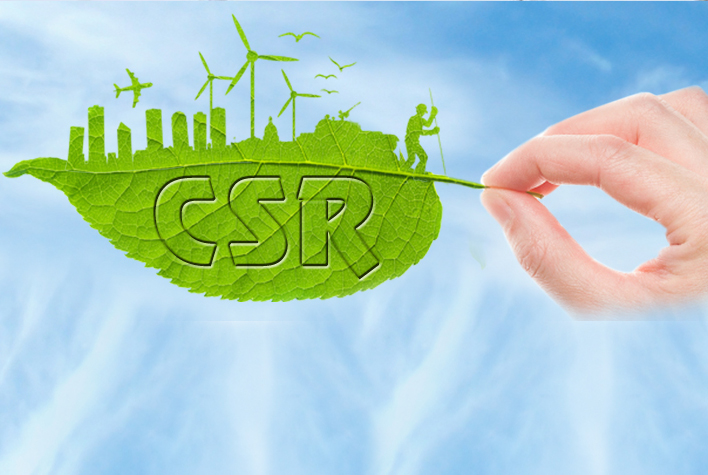India has approximately one per cent of world’s energy resources, but it consists of 16% of world’s population. Awareness needs to be created of limited energy resources. National Energy Conservation week (12th – 16th December, 2016) is being observed all over India to make people aware of global warming and climate change and promote a conscious effort towards saving the energy resources. In the year 2001, the Bureau of Energy Efficiency (BEE) executed the Energy Conservation Act in India. BEE, a constitutional body, which comes under the Government of India helps in the development of policies and strategies in order to reduce the energy usage.
To commemorate the National Energy Conservation Day on December 14th, 2016, a large number of events such as discussions, conferences, debates, workshops, and competitions, etc are being held across the country. Corporates too are working in close sync to provide sustainable solutions and increase participation of employees.
Reducing specific energy consumption by 30% is an environment sustainability goal of the Godrej group. All their manufacturing facilities have adopted conservation measures and latest technologies for efficient energy. Employee engagement is a key factor in driving sustainability. Energy savings activities were planned, such as switching off lights for two hours, optimising use of AC, car pool etc and energy conservation quiz and slogan competitions.
According to analysis, we use energy faster than it can be produced. Coal, oil and natural gas are the most utilised sources, which take thousands of years for formation. Most of the energy sources we use in our daily lives cannot be reused and renewed. Such sources, known as ‘non renewable energy sources’, make for 80% of the fuel use.
The rapid growth in urban population has increased the overall energy demand including lighting, which contributes to roughly 15% of the world’s energy consumption. Hence, there is an urgent need to create awareness about energy efficiency and its positive effects on the environment. In line with the same, Philips Lighting has partnered with the Shiv Nadar Foundation and is conducting interactive workshops for school children across various age groups. The workshops include live models, discussions and creative projects to help children understand topics such as climate change, sustainability, safe disposal of lighting products and energy efficiency amongst others.
Sundar Mahalingam, Chief Strategy Officer, Shiv Nadar Foundation said, “Our aim is to provide students with incredible, varied and holistic learning experiences that also help them grow up to be rounded individuals. We have a strong focus on encouraging sustainable living practices at our schools and make a consistent effort to sensitise our students towards some of these.”
Viviana Mall, a retail mall in Mumbai Metropolitan Region announced the inauguration of 900KVA Rooftop solar power plant at the rooftop. It will be the first mall to generate 91000 watt in a month through solar energy. This is in sync with the initiative of Prime Minister, Narendra Modi’s vision to raise renewable capacity to 175 gigawatts by 2022 from 45 gigawatts at present. The mall aims to generate around 33 lakh unit of electricity in the next three years using solar energy.
It is said that our energy resources may last only for another 40 years or so. Saving energy also helps in reducing the pollution level. Energy production and its usage account to large proportion of air pollution and more than 83 per cent of greenhouse gas emissions.
The world’s energy demand is increasing significantly owing to the growth in population, increased urbanisation and rise in the middle class. By 2050, two-thirds of the world population will live in cities, where demand for lighting is the greatest. There will be an estimated 35% increase in the number of light points worldwide to cater to the increasing population. Therefore, enormous energy savings can be achieved through energy efficiency to positively benefit the environment.
Thank you for reading the story until the very end. We appreciate the time you have given us. In addition, your thoughts and inputs will genuinely make a difference to us. Please do drop in a line and help us do better.
Regards,
The CSR Journal Team


